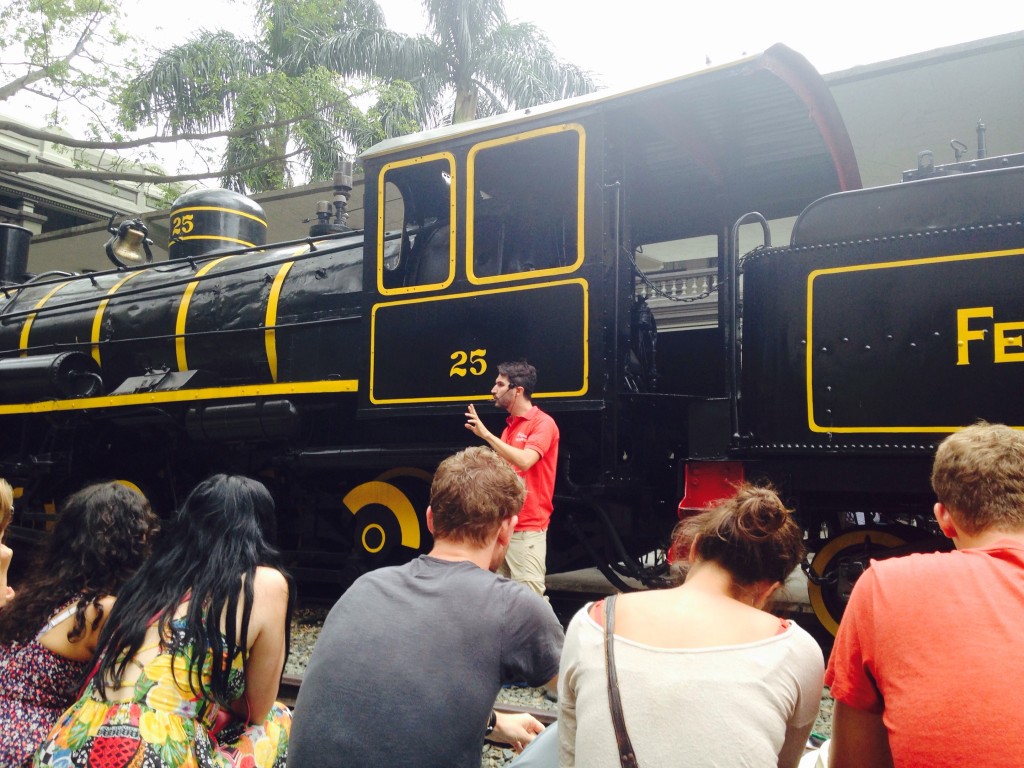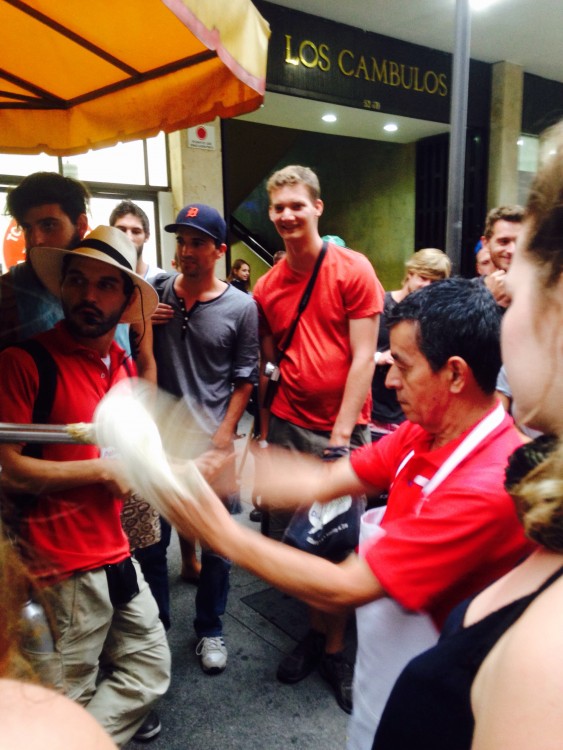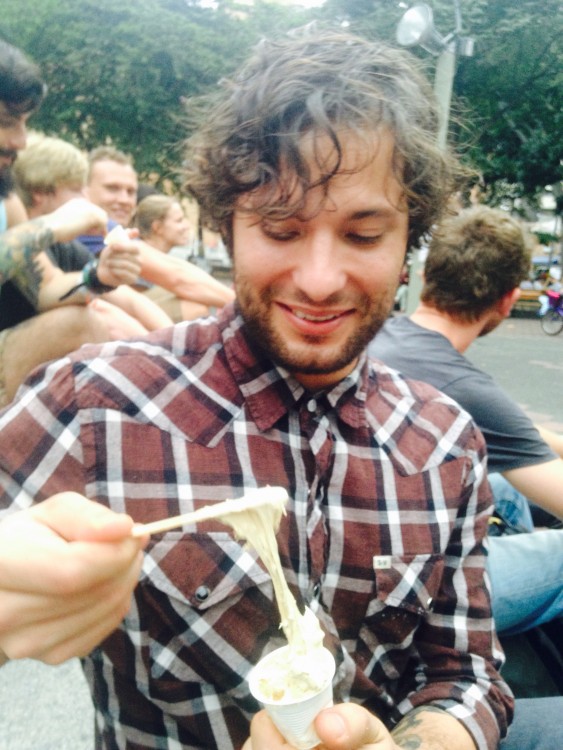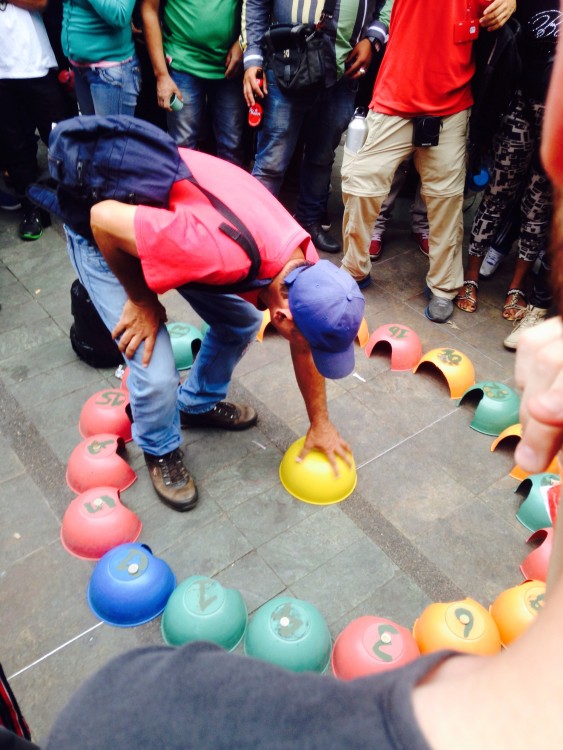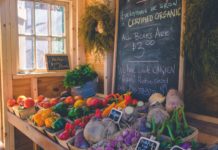“Hey man, have you gone on the walking tour yet?”
I’d been asked this question frequently since arriving in Medellín a few weeks ago. All three of my roommates had been fervently recommending the tour to my wife and I, almost from the moment we got here.
And so I used the city’s metro for the first time in order join one of the free walking tours in El Centro by Real City Tours.
I exited the metro and scanned the crowds of people for the trademark red shirt, clipboard and white hat I’d been told to expect. After a moment, I spotted the tour guide sitting nearby and went over to sign up.
Pablo is an enthusiastic man in his late twenties. He’d lived in Europe for almost a decade before returning to his native Colombia.
He directs half of the people who’ve shown up to go with him and the rest to go with his associate, a woman with the same clipboard and hat combo.
Known as a Panama hat in the U.S., this signature piece of headgear is a traditional Paisa fashion.
He tells our group of fifteen or so his name is Pablo. After walking with us down some stairs to an area with a giant black and gold painted 19th-century steam engine, he begins to tell us the early history of Medellín using the railroad track as a timeline.
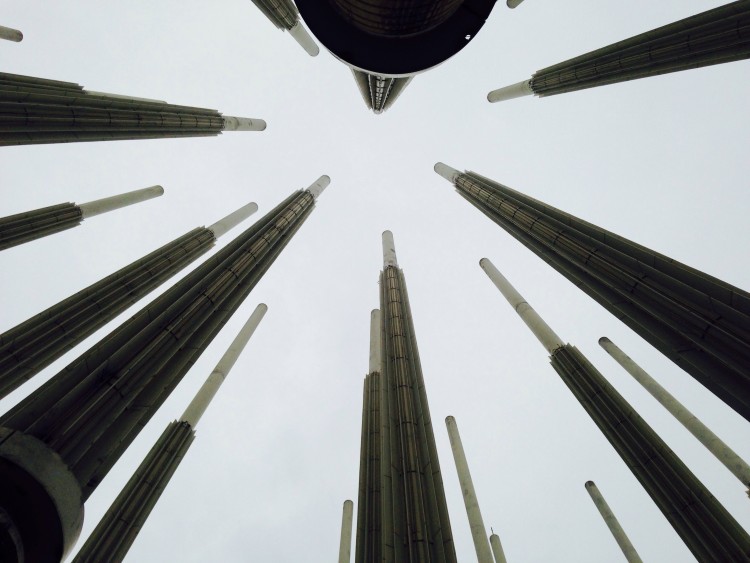
Instead of writing a simple synopsis, my aim here is to describe how the tour made me feel, how brilliantly it blended pre-written material with unscripted interactions, and how I felt any question I asked was met with a thoughtful response more nuanced and less speculative than the answers I’m accustomed to receiving from tour guides.
Pablo is passionate about his home and its history, however complicated, from the migration of European people that kickstarted the age of conquest to the “criminal with my name” as our tour guide called him, that cast such a pall over the late 20th century.
I appreciated the way the stories of the past are gracefully weaved into the realities of the present. Nothing happens in a vacuum.
The Colombian government chose some of the most violent and poverty-stricken places in the city to stage its comeback, so often the same building will show this twin history. A den of prostitution and hopelessness becomes a civic building while the drug dealer’s plaza is transformed into the main public square.
This transformation is at the heart of the new Medellín, and Pablo shows us the city he loves, warts and all, in order to illustrate that change.
As we walked, I had my first Colombian michelada from a street vendor. It’s a refreshing drink, combining the juice from a lime with a Colombian beer (usually Pilsen), served in a cup with a salted rim.
It was better than the Melcocha, a taffy-like candy that is probably the most sugary sweet substance on earth.
A highlight for me was getting to see Botero Plaza.
Of course, I’d read about it before and seen pictures, but standing before the giant black sculptures was as beatific and transcendent as being inside one of Medellín’s many gold leaf ensconced cathedrals.
The sculptures are large, yet inviting. Friendly, yet heroic. The enormous figures don’t dwarf the viewer, but rather remind them of the bigness, the largesse, inside of themselves.
The smiles on the human figures are as inscrutable as the Mona Lisa. The giant black cat is a riddle; a sphinx hiding an ineffable secret.
Read More: Best Hostels in Europe
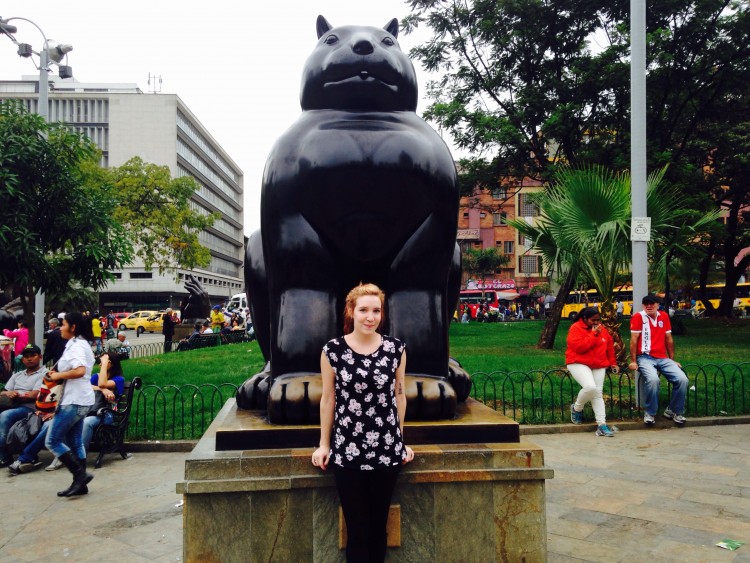
The tour has a good mix of famous spots and off the beaten track moments.
After Botero Plaza there’s the colorful textile district, street food vendors, long alleyways full of folks selling sunglasses and pirated DVDs, and this incredible relief sculpture, hard for me to even describe, that arcs towards the heavens with the story of Colombia in bronze and concrete.
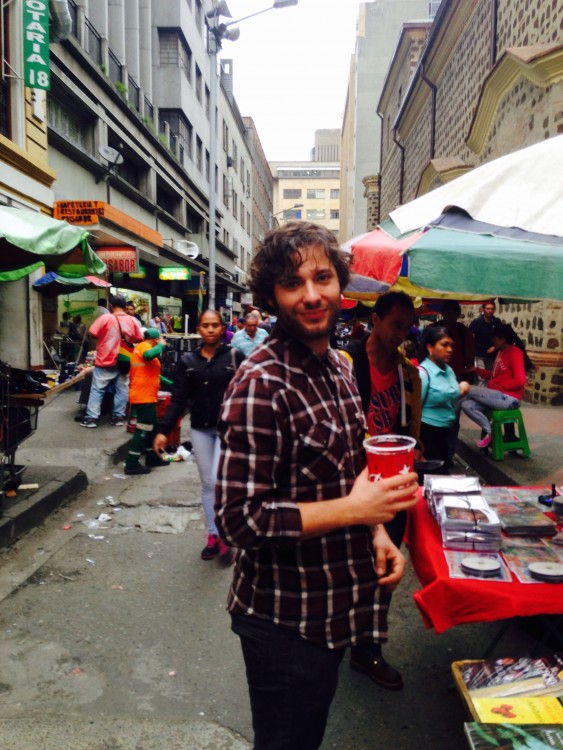
I appreciated how Pablo would draw our attention to things happening around us, little snippets of day to day life that let us into aspects of Colombian culture.
The tour becomes whatever’s happening that day, like when we turned a corner into a crowded square where people were gambling on what was for me a most unusual game.
A guy was laying multicolored little bowls numbered 1 to 10 on the ground in a circle around an unnumbered yellow bowl. The crowd placed their bets on the numbered containers; the anticipation in the air was electric. Something was about to happen.
In an instant, the middle bowl was flipped to show a guinea pig, who after a moment of trepidation, sprinted to hide under the bowl marked with an 8. There was a celebration as people claimed their winnings.
As we continued on there were more vendors selling pendants, belts, jewels, posters, even violins, antiques, various bric-à-brac and fruit.
A boy and his father were singing songs for a small audience that seemed to know every word. We walked further through the noisy streets, stopping for a quick empanada or to grab a beer for the walk.
The last moments of the tour were spent with two Botero sculptures that both illustrate and make real the terrible violence that gripped the city, as well as the dizzying hope for a better tomorrow, for a more peaceful future, that is already being born.
Our very presence as tourists was proof enough of a monumental change. We were evidence of the shift. After the tour was over Pablo led us back to the metro. The sun was setting in the city, yet the new day had already arrived.
Details
The tour must be booked in advance through the Real City Tours website, where you can also find the days, times and meeting points.
The tour is free, but after the three plus hour extravaganza, you would probably feel like a cheapskate for not leaving a donation. The donations are anonymous. You may also want to wear sunscreen or a hat.

